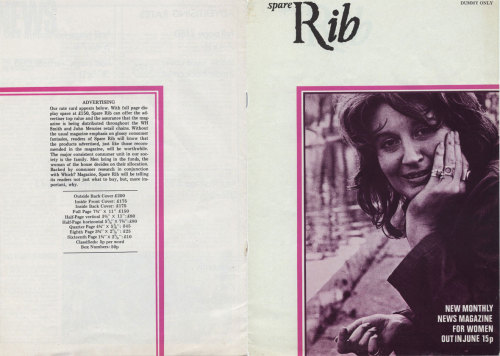Neelie Kroes
Vice-President of the European Commission responsible for the Digital Agenda
Brussels, 7th March 2012
"It's my dream to get every European digital. But what a challenge! Today, one in four European adults has never used the Internet. We need to do something about that. This in an age where the Internet is the tool to do everything – buy, socialise, read the news, get public services, apply for jobs. Those one in four adults have never benefited from any of those online opportunities. Yet they also have the most to gain: because, all too often, it's the same people who are also at risk of other kinds of exclusion: the poor, the elderly, the less educated.
And remember that today, unemployment, especially among young people, is a cancer in our society. But in the not so distant future, 90% of jobs could require digital skills. We'd better get ready and "skill up". So I welcome today's event. It's a practical demonstration of how we can help get everyone online: in a direct and pragmatic way. It's a smart move to have this event on International Women's Day. Because there's a real problem here. Not enough girls are going into ICT careers. That's such a shame given they are both fascinating, and central to our economy and society. How do we get more girls involved? Three ways.
First, we must show the many ways in which ICT empowers women. Whether it's helping people with family commitments work or train from home. Or a tool for self-expression: ICT can help women. Already we're seeing more and more sites delivering for women – sites like Mumsnet or Pinterest. But I'm convinced we can go further. Because there's a virtuous circle here: the more women see that ICT delivers for them, the more they will want to get involved; the more they get involved the better it can adapt to their needs.
Second, start young. At school, as many as 90% of girls are interested in ICT. But they don't convert that into university study – and that's where the boys overtake.
And third, role models are important. If all girls hear is that ICT is for boys who like sitting alone in their rooms – well, that's what they'll believe. But if girls meet people who are positive about ICT, if they realise that ICT careers are exciting and exuberant, with the chance to travel, to help others and to work independently — then they will be turned on to it.
So I'm glad we have so many great role models right here in the room: businesswomen and activists, politicians and policymakers. You can help us spread the word and show that ICT is for everyone.
I want to play my part too. Today I and others have made a powerful and clear statement. That technology isn't a boy's world. That we need to bring together the ICT revolution and the gender equality revolution. That the exponential growth in ICT shouldn't just be governed by Moore's Law: but by a "more women" law. If you believe in those ideas: sign up too, and join the movement of digital women."
Read the full press release at here

















































